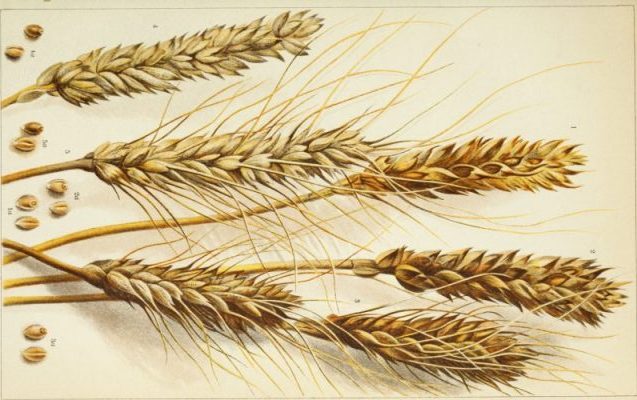Consumers are often confused about whole grains. Are they good for us? Do they have a downside?
When consuming grains, our bodies break down the dietary starch (carbohydrates) into glucose, thus raising our blood sugar. So, if a grain is left whole, it won’t break down as fast and it won’t raise your blood sugar as quickly.
For people concerned about sugar levels, it’s better to concentrate on Glycemic Index Ratings which measure how quickly food breaks down into glucose in our bloodstreams. It’s pretty simple; the higher a food’s rating on the glycemic index, the more it raises our blood sugar levels. Pure glucose has a glycemic index rating of 100.
It’s no wonder people are confused; a serving of oat bran bread rates a 68 while a can of soda is 55. Even lowly table sugar only rates a 61!
The bottom line is that big business wants us to keep eating grains because they’re cheap to produce and companies make a fortune selling grain for cereal, baked goods and loaves of bread. Unfortunately, they usually remove the safety and health factor of the whole grain so we’re left with just starch.
So it’s best to avoid these highly processed foods and opt for “real” health foods that will keep you feeling optimal.
We’ve compiled 4 tips for your next trip to the grocery store so you can stay away from fake “health” food like whole grains…
Try:
Staying on the outer perimeter of the supermarket; the middle aisles are where the bad food (processed food containing carbs, artificial sweeteners and preservatives reside.)
Choosing good quality protein (which won’t raise your blood sugar). Grass-fed beef, free-range poultry, cage-free eggs, and wild salmon. With the exception of cashews (which have a rating of 22 on the glycemic index) all nuts have a glycemic index of zero.
Selecting vegetables low on the glycemic index. Cabbage, broccoli, cauliflower, asparagus, mushrooms and leafy green vegetables are the best you can do for your body.
Opting for fruits such as berries you can eat with the skin on (including cherries, plums, peaches, strawberries, and grapes). Dried fruit and fruit juices often have added sugar.

